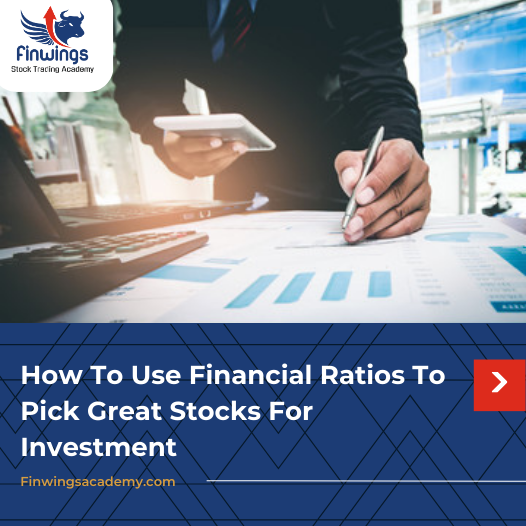What Are Options Greeks And How Are They helpful In Trading?
Greek options are frequently rejected because they require complicated calculations and are difficult to understand. Therefore, instead of attempting to determine the values of such Options Greeks, let’s try to simply define them and, at the very least, determine how useful they are in our regular option trading. If we were to compute each and every Options Greek of our position, it would be mathematically impossible. Nevertheless, there is a simple solution because there are many tools available now that assist us with the Options Greeks of our entire option portfolio. However, good stock market courses in Ahmedabad teach everything about options Greeks from scratch.
Greeks for options provide information on the positions. It would shed light on whether we took any other risks that could have ruined our profitability even if our assessment turned out to be correct in an effort to control the negative underlying price risk.
Understanding Greeks in details
Understanding options greeks in detail would definitely be helpful in making trading strategies for options traders. If you join stock market classes in Ahmedabad you will be taught these things in great detail with live charts and examples but we are giving an overview of options greeks below
Delta
The rate at which the price of the option changes in relation to the price of the underlying is known as the delta. Both positive and negative deltas exist. Deltas can alternatively be viewed as the probability that the option will be profitable when it expires. For option sellers, having a delta neutral portfolio might be a wonderful approach to reduce directional risk from market movements.
Positive delta of 0.50 indicates that the options position corresponds to 50% of the purchase exposure in the underlying, and vice versa. Nothing needs to be done as long as Positive Delta is there for a positive outlook and vice versa.
Theta
Theta gauges how quickly an option’s price fluctuates in relation to time. Time decay is another name for this phenomenon. Buy option positions have negative theta values, whereas sell option positions have positive theta values. Theta number is nothing more than how much money we will lose or gain (depending on the negative or positive value) if a day goes by and all other variables, such as price, remain constant. If Theta is negative and we are approaching a trade break, it makes sense to sell cheaper or to buy a call or put against the purchased option at a further strike. Theta will become less negative as a result.
Vega
The Greek statistic known as Vega lets us determine how vulnerable we are to fluctuations in implied volatility, which is the volatility suggested by the option premium. The change in an option’s price for a 1% change in implied volatility, all other things being equal, is represented by Vega values. The volatility estimate obtained from market-traded option premium is known as implied volatility. Evidently, higher implied volatility correlates with higher premiums, and vice versa. Implied Volatility typically moves significantly during uncertain times. Commonly Implied Volatility increases before an event that can have unanticipated results.
Share market coaching classes in Ahmedabad teaches that we should all pay attention to Vega, especially if we plan to hold our option trade throughout the event. We may be able to estimate the Implied Volatility’s potential post-event level based on recent readings made a few weeks prior to the event. Therefore, the difference between implied volatility before the event and that number from recently may indicate that implied volatility may decline after the event.












